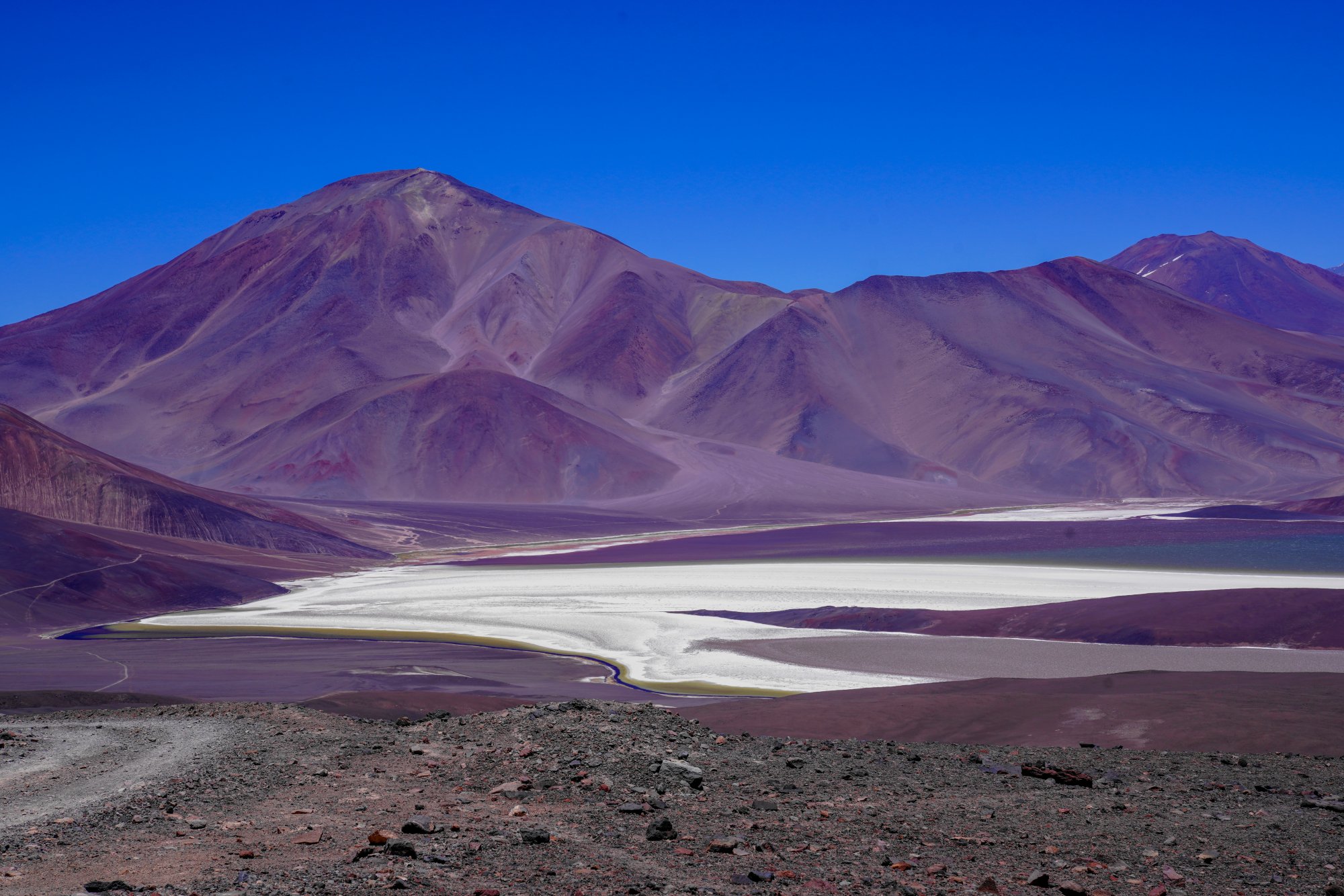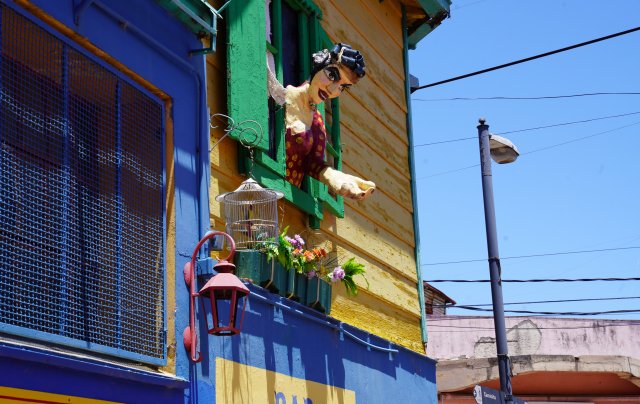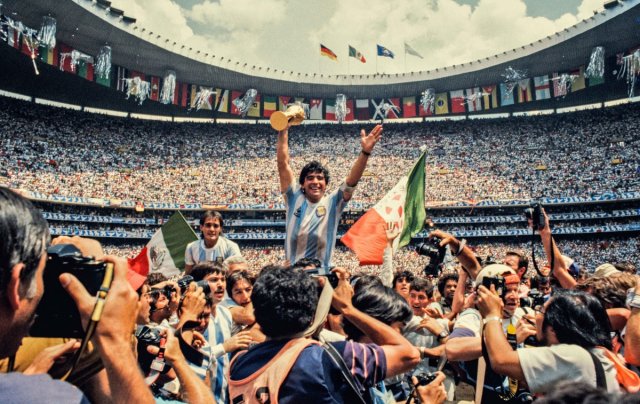The Story of the Rise and Fall of Argentina - part 1 -
In the early 1900’s, Argentina was one of the leading economies of the world, boosted by its exports of natural resources, attracting millions of immigrants from Europe.
However, during much of the second half of the 20th century, the country’s economic status declined significantly, due largely to mismanagement, corruption, populism and political instability.
Economically, Argentina was not only a world leading agro-industrial producer, but also a major producer of oil and gas. Argentina’s potential remains untapped, in terms of available resources. Argentina has the second largest shale oil reserves in the world, after the US. It also has large reserves of lithium, which is high in demand and used in making lithium batteries, powering smart phones, mobile electronic devices and electronic vehicles.
Argentina’s potential as a generator of renewable energy (solar and wind) is significant. But none of this potential can be realized without a stable and ethical political system, able to attract local and foreign investors to finance projects in these fields.
Unfortunately, Argentina’s current government is anything but stable and trust-worthy, and there are no signs that the political situation will improve.
Years of corrupt, inefficient governments have led to political and economic disaster that Argentina is facing today. The decline started with the birth of the populist Peronism in the mid-forties, which was responsible for the destruction of the republican political system and continued during the on-and-off series of military coups that occurred between the 1930’s and early 1980’s and continued during the populist and corrupt governments of the Kirchner’s.
The country saw a few exceptional periods of rational, relatively well-run governments that afforded some economic growth and stability, such as in the early sixties and in the mid-eighties with the democratically elected governments of the Partido Radical and again with Macri (2015-19), who, heading a coalition of non-Peronist political parties, became the first non-Peronist president to complete his term of government since the coup to Irigoyen in 1930. The longest of such periods was during the 1990’s with Peronist Menem, but unfortunately this period of stability did not endure. Menem’s first years in power brought political stability and economic growth but ended with a government that lacked transparency and reflected high indices of corruption.
Presently, Argentina is governed again by the Kirchner’s spin-off of Peronism, the most corrupt and inefficient government in the country’s history. The extreme shortcomings of the government, coupled with the negative economic impacts of the Covid-19 restrictions, have proven to be a deadly combination.
Today, more than 50% of Argentina’s population is below the poverty line. The country is experiencing stagflation, as well with a drop in GDP of 15% and an inflation rate above 40%.

From the late 1880’s to the late 1966: The Golden Days of Argentina to Peronism.
From the 1880’s until the mid 1900’s, Argentina ranked among the top ten world leading countries, with one of the lowest illiteracy rates and highest growing GDP’s. Its public education system was free and excellent. The country had one of the largest middle classes south of the Rio Grande (Mexico) and no significant poverty. It’s the only Latin America country to boast Nobel Laureates in the sciences. Not one but three: Leloir (1970), Houssay (1947) and Milstein (1984) (in addition to two winners of the peace prize).
It was a country with similar characteristics in terms of its economy and productive profile as New Zealand, Australia and Canada and boasted a larger total wealth until the 1960’s. Argentina’s economy was export-oriented with strong comparative and competitive advantages.
After the 1930’s military coup of the democratically elected President Hipolito Irigoyen from the “Partido Radical,” Argentina started having governments led by civilians and military officers who ascribed to fascist / nationalistic ideologies.
In 1946, a former military attaché in Mussolini’s Italy by the name of Juan Domingo Peron, married to a former actress called Evita, was elected President and leader of Argentina. Peronism, a nationalistic form of populism, became the new form of the Argentine government. When Peron took over the government in 1946, he created a “corporatist style of government” through a tight alliance between the workers’ unions and some industrial business groups that were close to the government, plus the Catholic Church.
As a result, corruption infiltrated the highest levels of government.
One of the first measures Peron took was nationalizing all the public services. That included the British owned railways, with an extension of 40.000 kms that covered most of the country. The railways were designed to move natural resources from all over Argentina to the Buenos Aires ports for export around the world. Since its expropriation, very little was done maintain or improve this highly important infrastructure. This was one of the many damages Peronism inflicted on the country.
The populist Peronism replaced the independent federal republican institutions with a non-parliamentary type of quasi monarchy, with Peron as the king and Evita as the queen. Both the Parliament as well as the judiciary were co-opted by the executive power. Furthermore, the free press was effectively silenced under the threat of expropriation or due to their inability to import the required press paper.
In terms of economic policy, in the late forties, Peron, seeking to increase employment and following the recommendations of an economic think tank called CEPAL (led by Argentine economist Raul Prebisch), moved Argentina from being a successful export driven economy to becoming a highly subsidized industrial import substitution economy.
Argentina started producing automobiles and even airplanes, which until then had been imported. As Argentina did not have any comparative or competitive advantages in these fields, in order to produce and sell these rather expensive and low-quality industrial goods, the government had to provide high levels of subsidies. In order to raise money for these subsidies, the government taxed the agro-industry exports, killing part of its cost advantages.
Thus, Argentina started experiencing high inflation rates, which, as time went by, became a chronic illness that seriously affected the country’s growth.
Politically Argentina entered into a vortex of military coups, starting with the one in 1955 that forced Peron into a long exile in Spain, followed by a period of further destabilization with coups between the military leaders themselves, briefly interrupted by governments led by short-lived democratically elected heads of state like the Partido Radical’s Arturo Frondizi in 1958 and Arturo Illia in 1963, each of which served as President for three years, instead of the six years mandated by the Argentine Constitution. This continued until the military decided to let the Peronist Party re-enter the Argentine electoral world, which eventually brought back the aging Juan D Peron. He was elected president in October 1973 but died shortly thereafter in July 1974 and was replaced by his then wife Isabel Peron.

From 1966 to 1983: The Military and the “Internal Guerilla and Falkland’s Wars” and back to Democracy (Raul Alfonsin)
By the late 1960’s Argentina was experiencing similar challenges as Uruguay, Brazil and Chile, with leftist guerilla movements that destabilized the existing governments. This instability allowed the generals, who pledged to neutralize the guerilla movements, to re-enter politics. Their efforts culminated in what is known as the “Dirty War”, due to the number of people caught and made to disappear, without judicial intervention. These terrible years, marked by a worsening economy, eventually led the governing military officers in the early 1980’s to start a war with the UK over the Malvinas or Falkland Islands (the Falkland’s War), as an attempt to distract the citizenry from the economic and other problems.
Argentina was quickly defeated by the UK and its allies. As result of the outcome of the Falkland’s War, elections were called again, and Raul Alfonsin of the Partido Radical became president in 1983. His government had to contend with the large foreign debt and high inflation left by the previous military government. Further, about 30% of the population was below the poverty line. President Alfonsin struggled to manage these economic challenges, but he succeeded in re-establishing some of the sorely needed constitutional government values, including the rule of law. He prosecuted the main leaders of the previous military regimes who had been accused of crimes against humanity. In the end he was unable to solve the economic crisis that had resulted in a hyperinflation. Consequently, he resigned six months before his term as President was due to end, and was replaced by Carlos Menem, a right-wing liberal Peronist who had won the early election to determine President Alfonsin’s successor.




